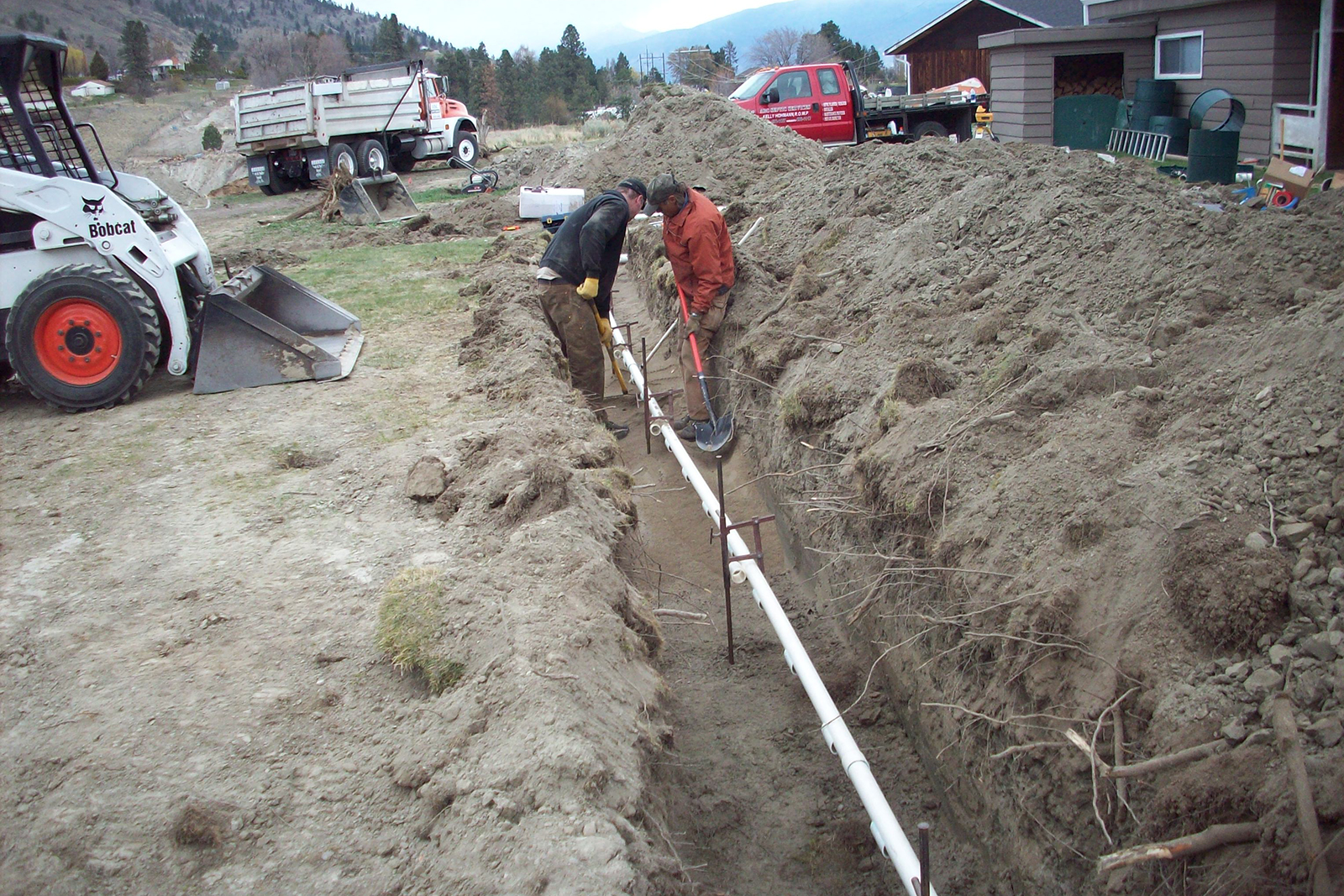Knowing the cost of managing a system is crucial. Knowing what costs are possible can allow you to budget effectively and avoid unexpected costs. There are various factors that contribute to the septic tank replacement cost.

The cost of installing a leach field and a septic tank can vary greatly depending on various factors. The size of the septic system is one of the most important factors to be considered. The price for a septic system will be greater for larger homes or buildings that consume more water. The soil conditions and topography may also impact the cost and complexity of installation. If the soil is hard to work with, it could require additional excavation or specialized treatments. This can result in higher costs.
The price of a septic system could also be affected by the type of leach and septic tanks as well as fields. Different types of materials and designs can have various costs. Concrete tanks are cheaper than other options including fiberglass or plastic tanks. In addition, environmentally friendly or advanced treatment systems might cost more but provide additional advantages, including improved water conservation and wastewater treatment.
The cost of installing the septic tank and leach field sets the initial cost of the investment, it’s important to think about the long-term maintenance as well as replacement expenses. Septic tanks are designed to last that ranges from 25 to 30 years, based on the factors that affect their use, maintenance, and the materials that are used. Over time the tank could require repairs or even replacement. In calculating the cost for replacing a septic tank it’s crucial to consider not just the tank but also the labor involved and any needed upgrades to comply with current standards.
The cost of replacing a septic tank can vary depending on the size and nature of the tank that is being replaced as well as the complexity of the installation process. In some instances there may be a need to excavate and dispose of the old tank prior making way for the new installation. If regulations have changed since the first installation of the septic tank, it may cost more to make the system conform to code.
It is essential to keep your septic tank and get it regularly inspected. This will allow you to avoid unanticipated costs and ensure that the replacement process is carried out smoothly. Regular inspections will enable you to recognize any potential problems and then make the necessary repairs and prolong the life of your septic tank. It is essential to regularly pump the tank in order for solids to not build up.
If you are planning a septic system installation or replacement It is recommended to get estimates from several reliable contractors. Comparing these estimates can provide an understanding of the average cost in the area you live in and help make an informed decision. Also, make sure to ask about any warranties or guarantees that the contractor offers for their work as well as the materials employed.
It is crucial for property owners and homeowners to comprehend the cost of a septic tank, as well as the overall septic system. You can budget effectively for the installation or replacing of a leachfield as well as septic system by considering factors like the size, the materials used, the soil conditions, and the possibility of long-term expenses. Regular inspections, maintenance and proper care are key to maximizing the lifespan of your septic system and in reducing future costs. Be aware that investing in an efficient septic system does doesn’t just ensure that your wastewater is properly managed, but also contributes to the overall quality and efficiency of your property.
Leave a Reply